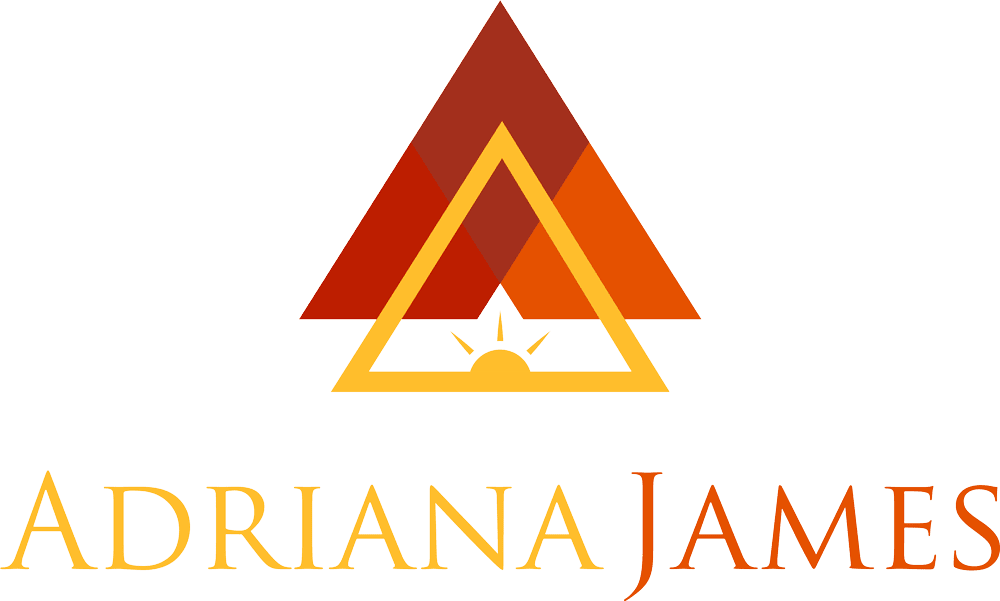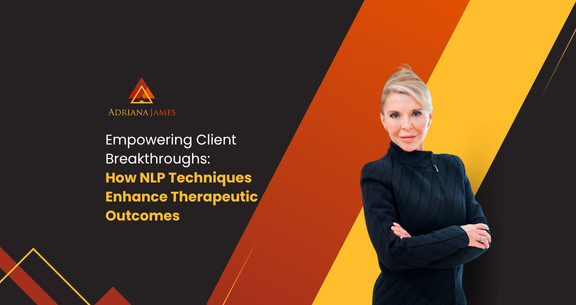Helping clients create meaningful, lasting change is the cornerstone of any great coach, counsellor, or therapist’s work. But what happens when insight alone isn’t enough to shift behavior? Or when clients say, “I understand why I do it—but I still can’t stop”?
This is where Neuro-Linguistic Programming (NLP) offers powerful support.
NLP equips practitioners with practical, results-driven tools to work directly with the unconscious mind—where habits, beliefs, and emotional responses are formed. By integrating NLP into your existing approach, you gain new ways to unlock insight, shift stuck patterns, and help clients transform at a deeper level.
Understanding NLP in Therapy NLP is the study of how language, internal imagery, and emotion shape behavior. It offers a framework for communication, change, and personal development rooted in how the brain actually processes experience.
For coaches and counsellors, NLP provides:
- Insight into how clients code their reality
- Tools to reframe limiting beliefs
- Techniques to shift patterns at the root cause—not just the surface level
Techniques That Create Change Here are three NLP methods you can begin using right away to increase your impact:
- Reframing Many client challenges stem from the meaning they attach to situations. Reframing helps shift perspective, reducing emotional resistance and opening the door to change.
Example: A client says, “I failed at that job interview.” With NLP reframing, you might ask, “What if that was practice for something better aligned with your values?” The emotional charge softens—and new possibilities open up.
- Anchoring Anchoring creates a link between an internal emotional state and an external trigger (such as a gesture or word). This allows clients to access calm, confidence, or focus—on demand.
Example: One coach taught a client to anchor calmness by touching their thumb and finger together during anxious moments. Over time, this became a reliable access point to a resourceful state.
- The Meta Model This advanced questioning technique challenges vague, limiting language and uncovers the deeper structure of a client’s belief system.
Example: If a client says, “I always mess things up,” a practitioner might ask, “Always? Can you think of a time you didn’t?” The generalisation cracks, and more flexible thinking becomes possible.
Case Studies: Real Breakthroughs Using NLP
- A trauma counsellor helped a client release a phobia in just two sessions by combining NLP reframing with Time Line Therapy®.
- A wellness coach used anchoring to help a client overcome public speaking anxiety before a major retreat.
- A mindset coach used Meta Model questions to help a client uncover the unconscious belief that “success means losing freedom”—and reframe it into an empowering new identity.
Ethical Integration: Adding NLP to Your Toolbox You don’t need to abandon your current modality. NLP is highly complementary and can be integrated respectfully into:
- Solution-focused coaching
- Cognitive-behavioral approaches
- Trauma-informed therapy
- Somatic or mindfulness-based work
Key considerations:
- Always obtain informed consent before using NLP techniques
- Introduce new tools gradually, linking them to the client’s goals
- Keep your client centred, not the technique
What Practitioners Are Saying
“Before NLP, I knew what my clients needed—but didn’t always have the tools to help them get there. FasTrak™ gave me language, structure, and confidence.”
“My clients get faster results, and I feel more confident holding space. NLP filled in the missing piece of my practice.”
Take the Next Step: Join FasTrak™ NLP Practitioner Training Remaining 2025 intakes: September and November
- 7 days of immersive, hands-on NLP learning
- Certification in foundational techniques including anchoring, reframing, language patterns, and Time Line Therapy®
- Apply your training in real time to deepen your work and expand your results
Want to Learn More Before Committing? Explore the Unlocking Advanced NLP with Dr. Adriana James on-demand masterclass.
This is more than a certification. It’s a shift in how you see change—and how effectively you create it.

